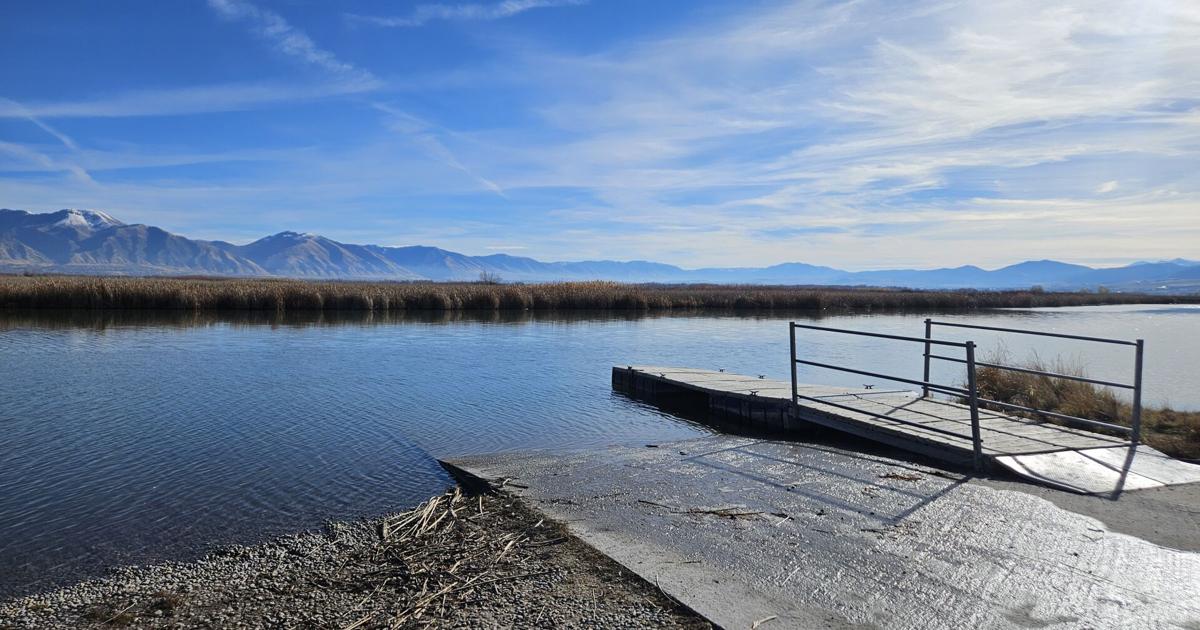LOGAN — As temperatures plummet across Utah, state officials are issuing an urgent warning to residents who continue to recreate on or near the water: the danger of cold water immersion is rapidly rising, and a life jacket is the best defense against a deadly accident.
The Division of Outdoor Recreation (DOR) and the Division of State Parks are urging those who boat, fish, hunt, or engage in other water activities to take extra precautions. Cold water can quickly lead to cold shock, incapacitation, and hypothermia, posing a fatal threat even to experienced outdoors enthusiasts.
“As fall transitions to winter, it’s crucial to remember that cold water can overwhelm even the strongest swimmers within minutes,” said Ty Hunter, the boating program manager for the DOR. “Wearing a life jacket isn’t just a good habit; it’s a life-saving decision. A life jacket gives you the best chance to stay afloat, maintain control and survive long enough for rescue if you end up in cold water unexpectedly.”
Accidental immersion in icy water can rapidly lead to hypothermia, a condition where the body loses heat faster than it can produce it, causing confusion, loss of coordination, and eventual unconsciousness.
Officials emphasize the 1:10:1 principle for survival in cold water:
- 1 minute: The time for the initial, uncontrolled breathing or gasping from cold shock. A life jacket keeps the airway above water during this critical phase.
- 10 minutes: The maximum time of meaningful movement to reach safety or reboard a boat before muscle control is lost.
- 1 hour: The potential survival time before severe hypothermia causes unconsciousness. A life jacket keeps a person afloat and provides minor insulation.
To remain safe this season, officials shared key safety guidelines:
- Always wear a life jacket. It counteracts cold water shock, keeps the victim afloat, and conserves heat.
- Dress for the water, not the air. Wear synthetic, water-resistant layers.
- Plan ahead. Check weather and water conditions, carry a communication device in a waterproof pouch, and recreate with a buddy.
- Practice controlled breathing to stabilize the initial hyperventilation response.
- Follow the “Reach, Throw, Row, Don’t Go” technique if someone is struggling, to avoid becoming a victim yourself.
- Stay with the boat if it capsizes, as it is easier for rescuers to spot.
“Preparation is everything,” Hunter added. “No one expects to fall into cold water, but knowing the risks and dressing appropriately – starting with wearing a life jacket – can make the difference between life and death.”

